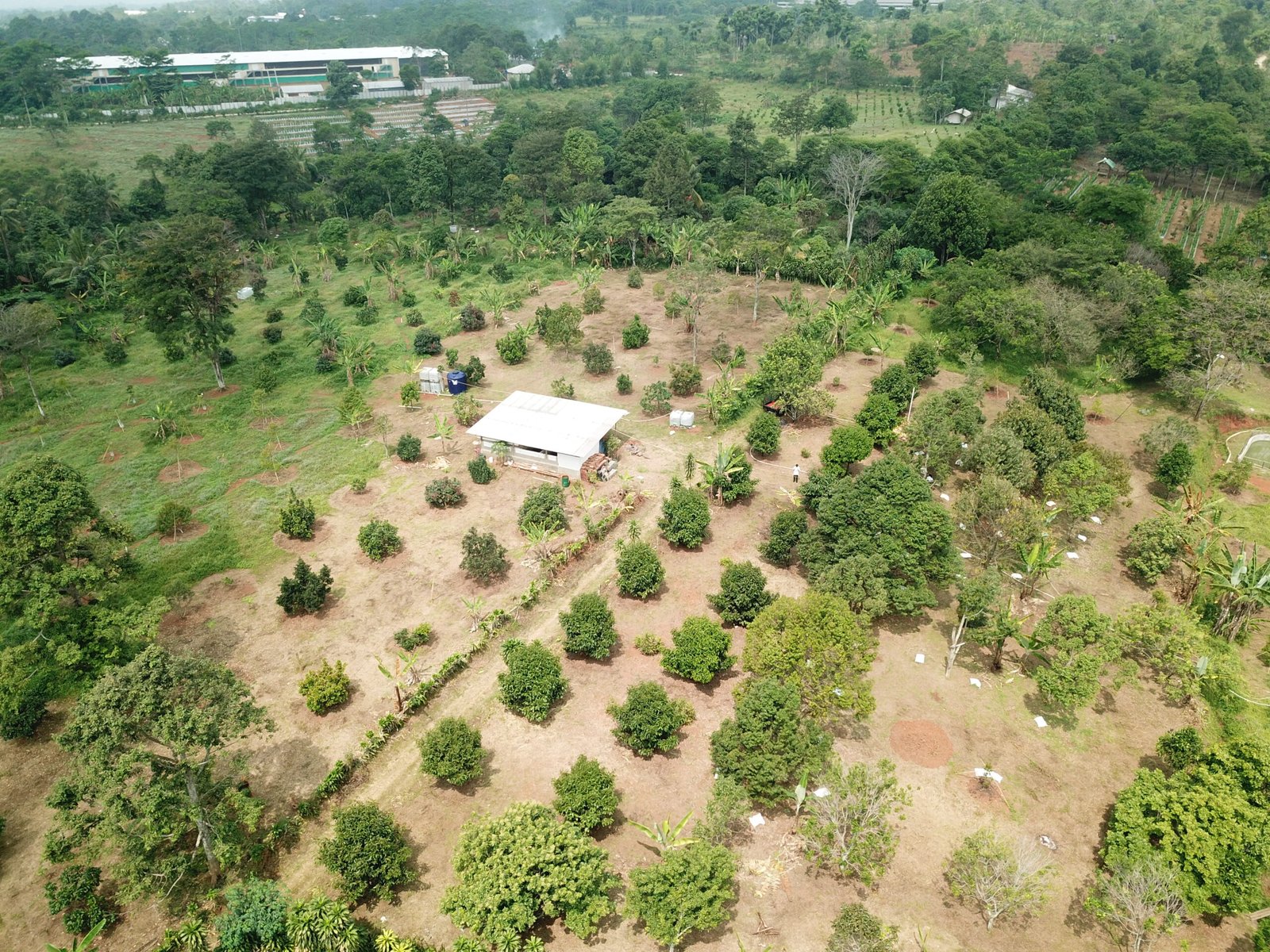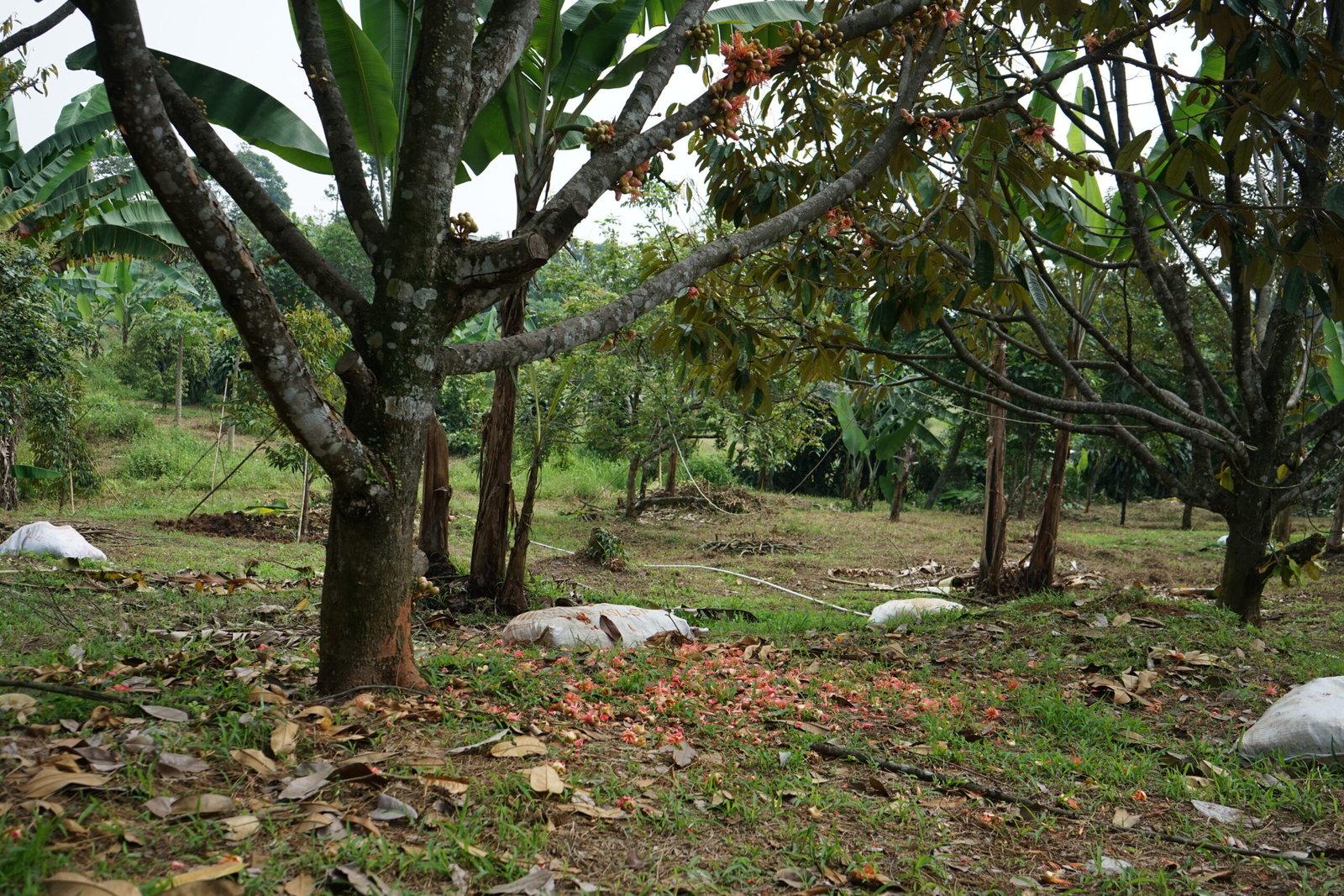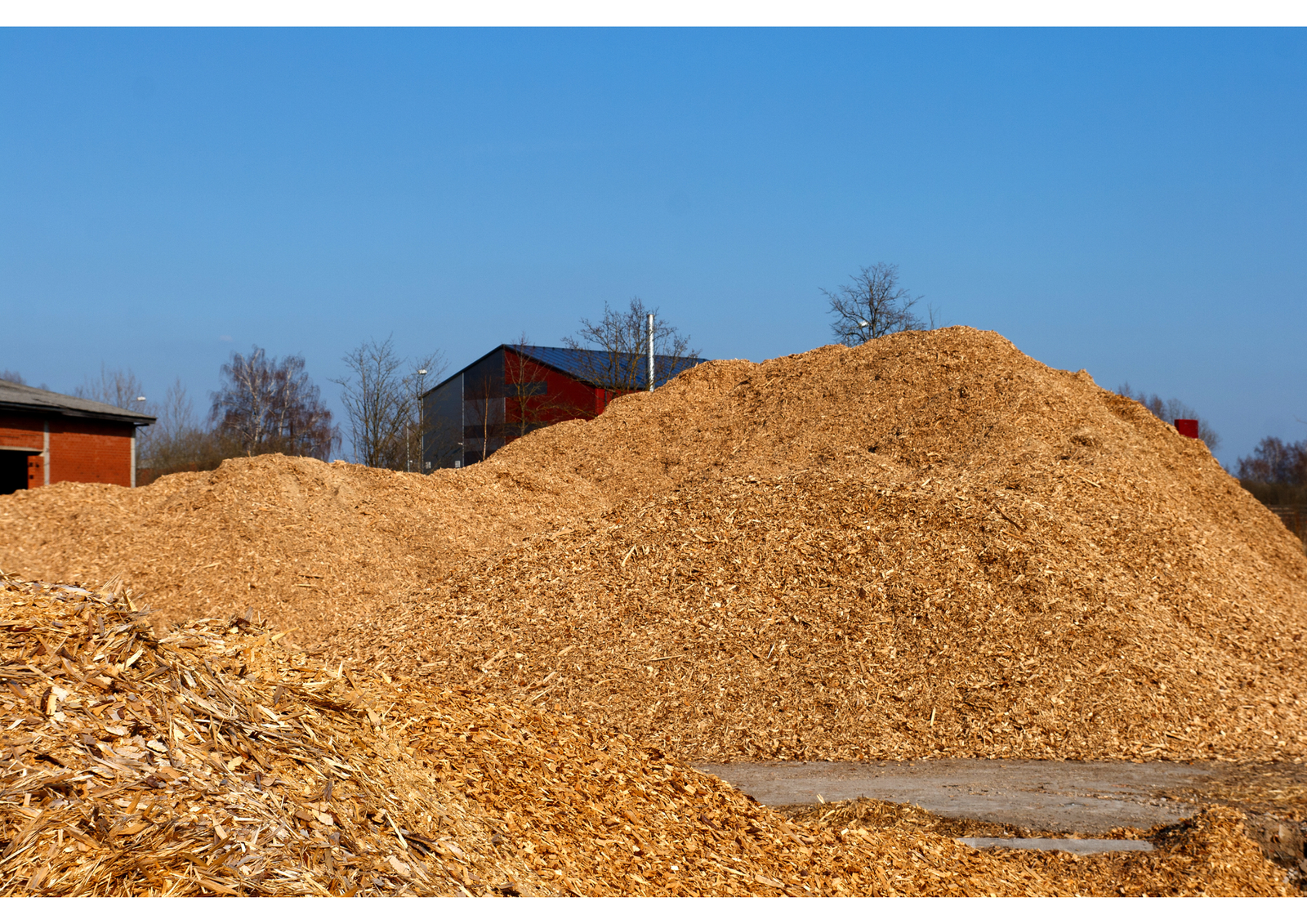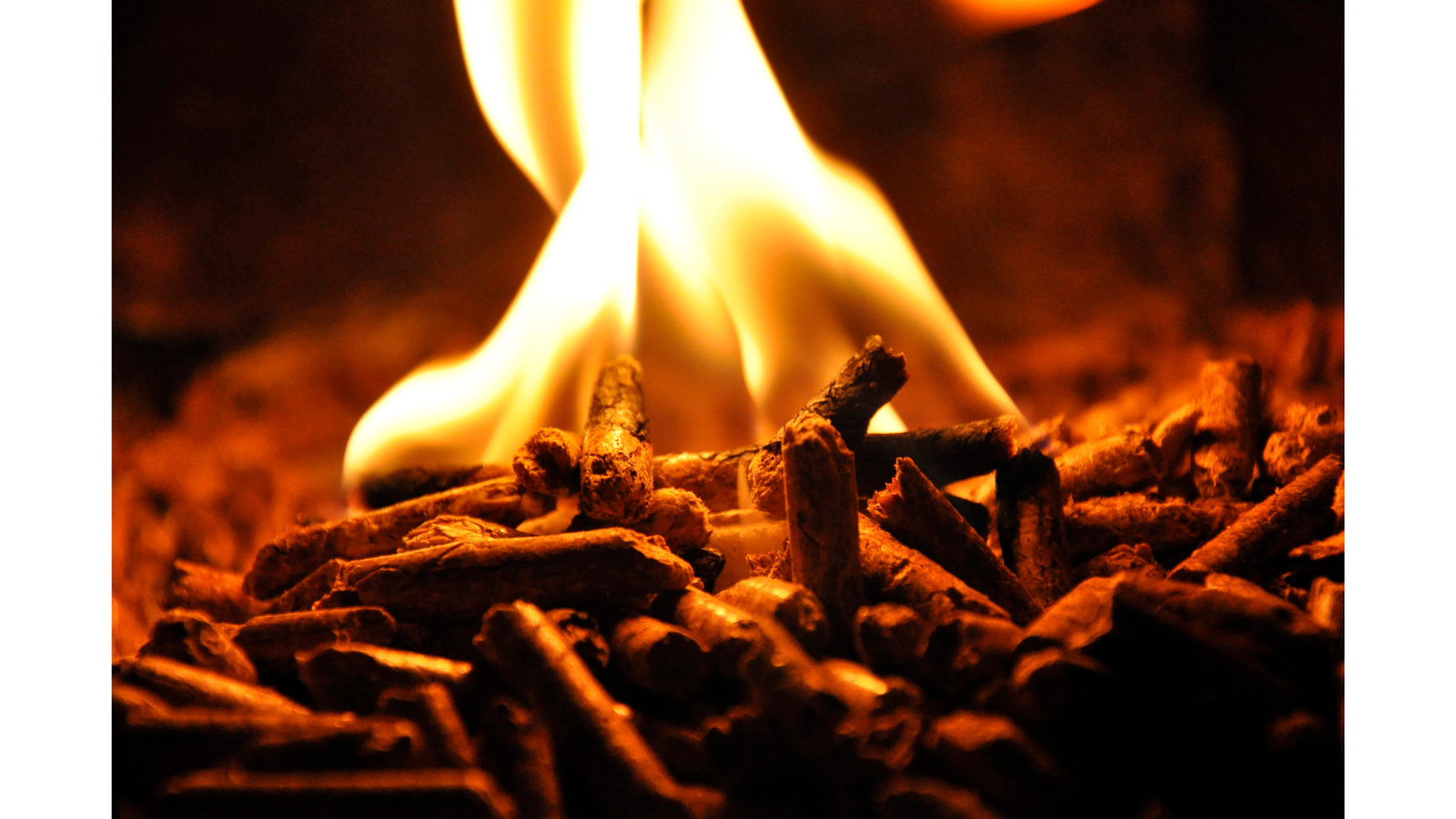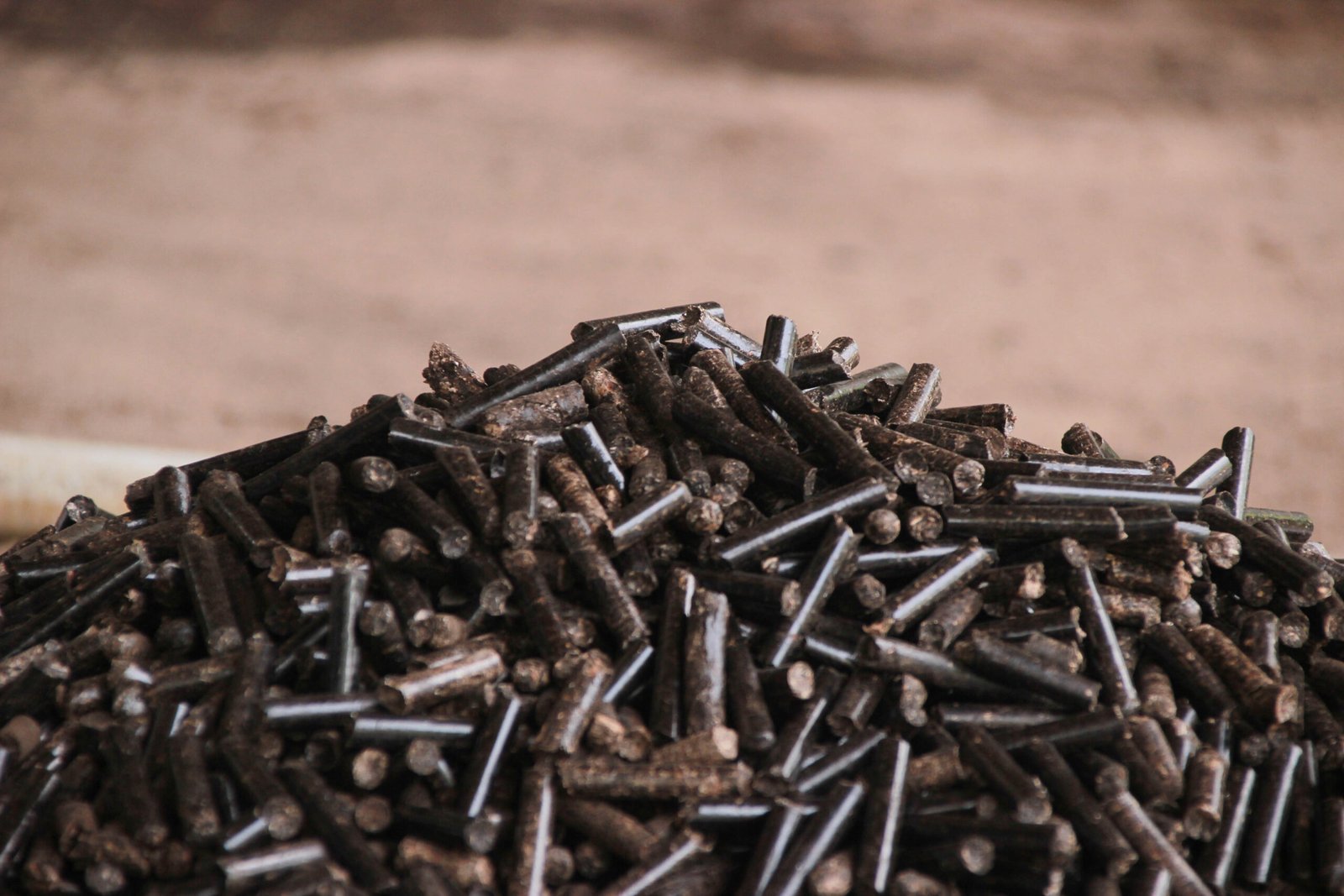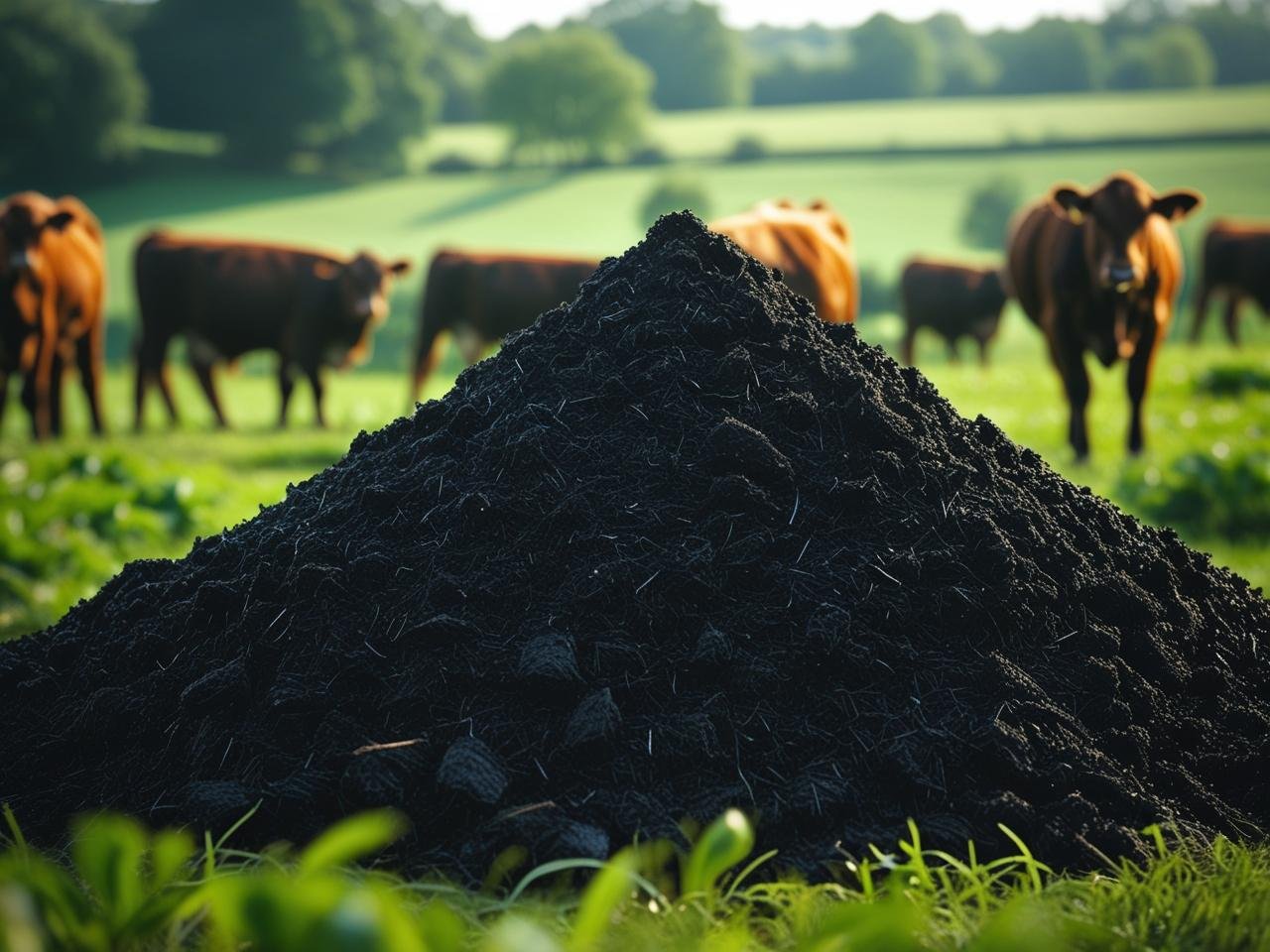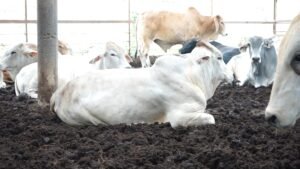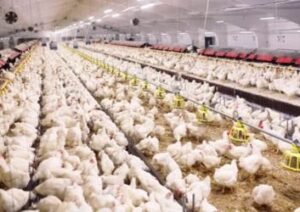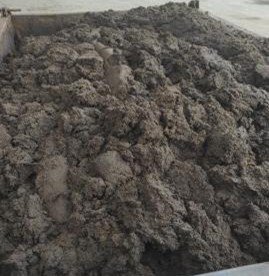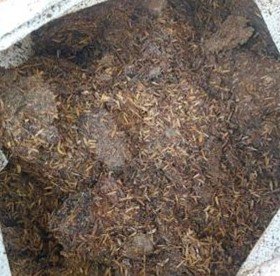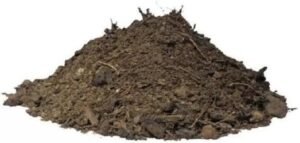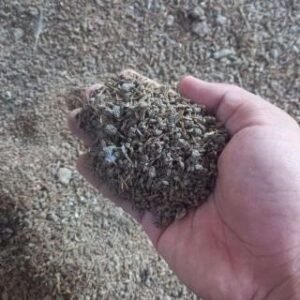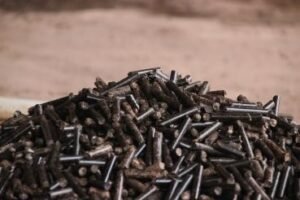Biomass Definition
Biomass is a renewable energy source derived from organic materials, such as livestock waste, processed into solid fuel to replace fossil fuels. Utilizing livestock waste for biomass provides sustainable energy solutions while addressing environmental pollution.
NAVTARI's Commitment
NAVTARI recognizes that, cattle waste (fresh manure) and broiler chicken waste (feces mixed with rice husk litter) pose risks of soil, water, and air pollution if untreated.
This waste is managed through ESG (Environmental, Social, Governance) principles and circular economy strategies, contributing to:
1. Reduction of methane (CH₄) and carbon dioxide (CO₂) emissions.
2. Achievement of net-zero emission targets.
3. Replacement of fossil fuels in industrial applications.
Production Capacity, Especially Cattle Biomass
Production Capacity, Especially Cattle Biomass
Raw Materials
Fresh Cattle Manure.
Final Product
250-300 tons of biomass briquettes/month.
Raw Material Sources

Cattle Waste
Fresh manure (70-80% moisture content)
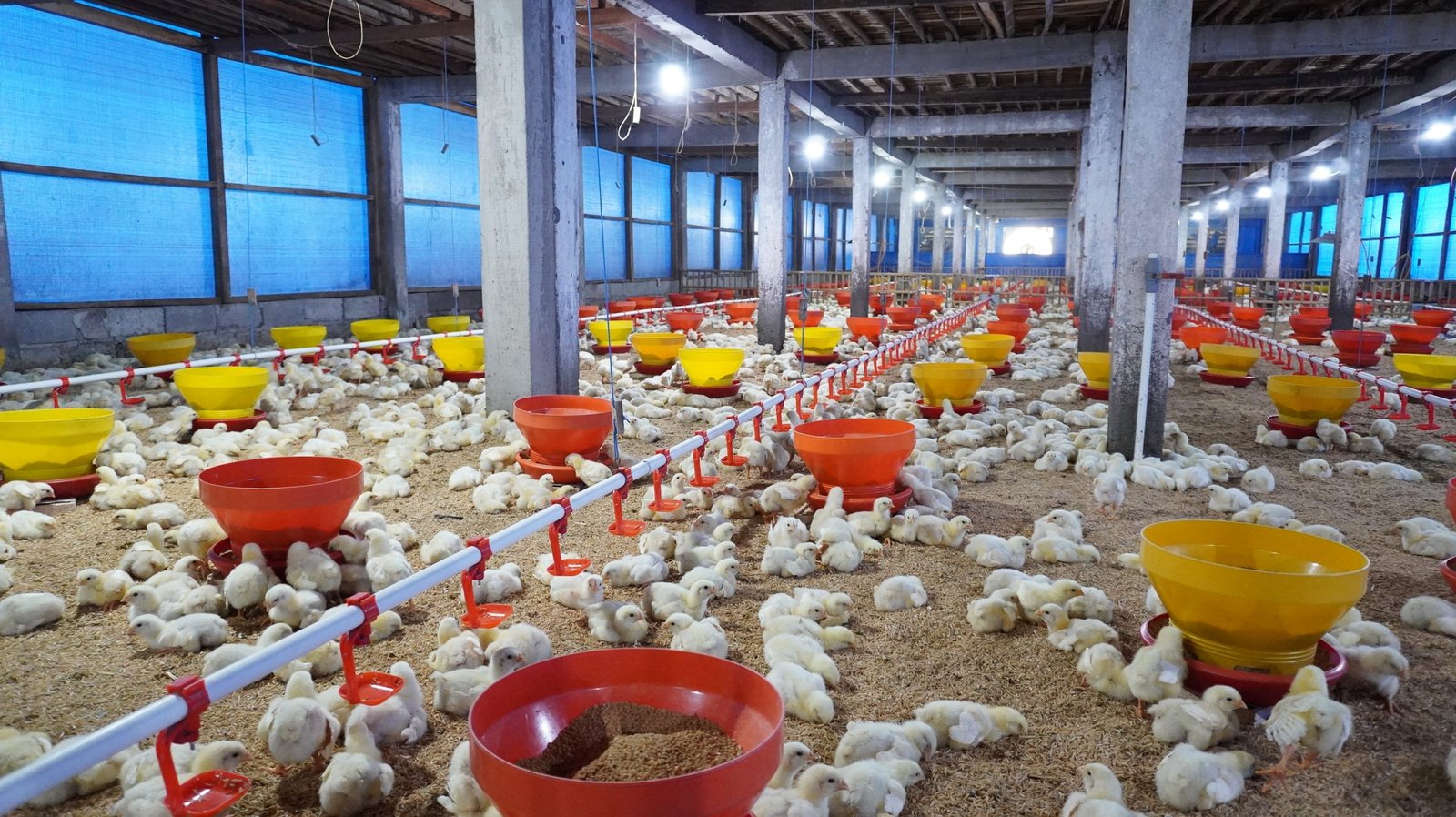
Broiler Chicken Waste
Fresh feces blended with rice husk litter (70:30 ratio).
Production Process
Drying
Waste is dried to <15% moisture content using rotary dryers (200-250°C).
Briquetting
Dried material is processed in briquetting machines to form:
1. Pellets (⌀ 6–8 mm)
2. Bricks (5 cm × 3 cm blocks)
3. Cubes (2 cm × 2 cm)
4. Tubes (⌀ 10 cm cylinders)
5. Natural binder: Tapioca/starch (5-7%).
Advantages of Livestock Waste Biomass
Eco-Friendly
1. Reduces methane emissions from decomposed organic waste.
2. Combustion ash can be processed into potassium fertilizer.
Cost-Effective
30-40% cheaper than coal.
Sustainable
1. Decreases reliance on fossil fuels.
2. Supports green industry initiatives.
Simplified Process Flow


